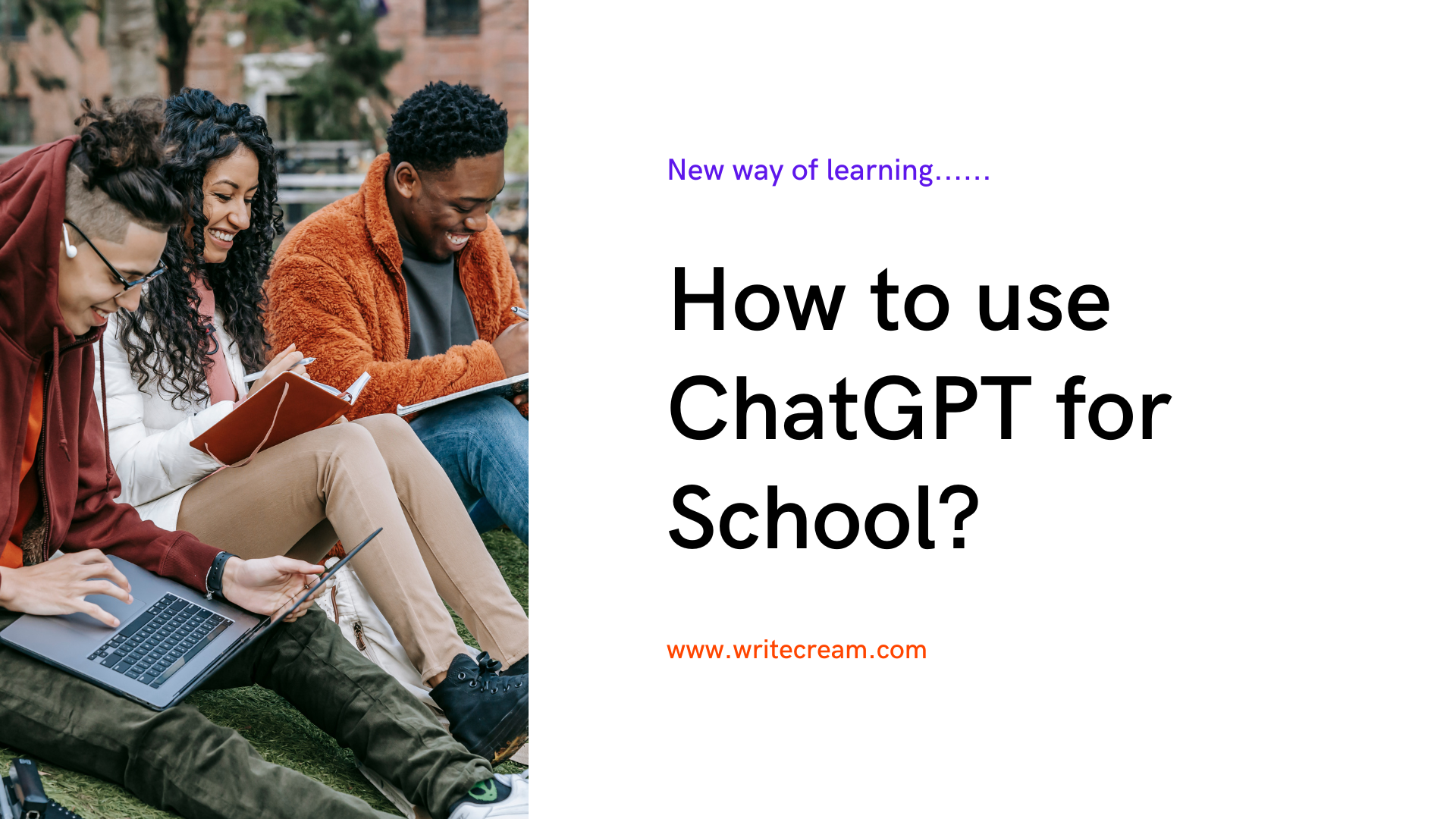
ChatGPT- Amazing AI tool!
Introduction – ChatGPT
ChatGPT (stand for “Chat Generative Pretrained Transformer”) is a state-of-the-art, language-based AI model developed by OpenAI. It is a conversational language model developed by OpenAI; it applies deep learning techniques to generate human-like responses to text inputs. ChatGPTuses a deep neural network architecture called a Transformer to generate human-like text responses to various inputs.
ChatGPT model is pre-trained on a large corpus of text data from the internet and is fine-tuned for specific tasks like text-based Q&A, conversation generation, and text completion. The pre-training enables ChatGPT to understand the context, relationships between words and phrases, and general language patterns.
During an actual conversation or text generation, it takes an input prompt, generates a response by predicting the words in the sequence, and acknowledges the context of the input and its pre-trained knowledge. The model uses a technique called beam search to balance the quality of the response and its diversity.
ChatGPT provides a highly advanced and effective solution for text-based AI applications, such as chatbots, virtual assistants, language translation, and more. It is a very effective and helpful AI tool for students and professionals. Let’s see how?
ChatGPT – Uses
ChatGPT can be used for many applications due to its advanced natural language processing capabilities. Some of the most notable uses of ChatGPT include:
Chatbots and Virtual Assistants: ChatGPT can be used to build conversational AI systems like chatbots and virtual assistants for various industries and organisations. These systems would benefit customer support, information retrieval, and even sales. ChatGPT can also create virtual personal assistants for individuals, assisting them in scheduling appointments, setting reminders, and managing their daily tasks.
Text-based Q&A: ChatGPT can be used to build Question-Answering systems that provide accurate answers to natural language questions in real-time. These systems can contribute in fields like healthcare, finance, and education, where quick access to accurate information is critical.
Text Completion: ChatGPT can be used to build systems that can complete sentences or paragraphs based on a given prompt. These systems can assist with writing and content creation, providing suggestions for the following words or phrases.
Language Translation using ChatGPT: It can be used to build a language translation system that perfectly translates text from one language to another in real-time. These systems can wonder in fields like education, business, and tourism, where effective communication across language barriers is critical.
Text Generation: ChatGPT can build text generation systems that generate coherent and informative text based on a given prompt. ChatGPT can be used in journalism, content creation, and advertising, where the need for high-quality, engaging content is constant.
Sentiment Analysis: ChatGPT can build sentiment analysis systems to analyse and categorise text based on emotions and opinions. ChatGPT can be used in fields like social media, customer support, and market research, where understanding and analysing customer sentiment is critical.
Named Entity Recognition: ChatGPT can be used to build Named Entity Recognition (NER) systems that can identify and classify entities like people, organisations, and locations in the text. It can help in the fields like journalism, legal research, and government, where the ability to extract information from text is critical.
Dialogue Generation: ChatGPT can build dialogue generation systems that generate conversation-like text based on a given prompt. ChatGPT can be used in fields like entertainment, education, and research, where the ability to simulate realistic dialogue is essential.
ChatGPT is a versatile and powerful AI tool that has a wide range of applications. It can understand and generate human-like text, making it ideal for industries and fields where effective communication and information retrieval are critical. With its advanced language processing capabilities, ChatGPT can significantly benefit organisations and individuals.
How can ChatGPT be used for Schools and Colleges?
These are the following ways by which students can use ChatGPT:
- Personalised learning: ChatGPT can provide students with personalised learning experiences through its ability to understand their questions and provide accurate, relevant information in real-time.
- Essay writing assistance: ChatGPT can provide students with suggestions for improving their writing, including grammar, vocabulary, and sentence structure.
- Question and Answer sessions: ChatGPT can act as a virtual tutor, answering questions related to various subjects and providing clear, concise explanations.
- Homework help: ChatGPT can assist students in solving complex homework problems by providing step-by-step solutions and guiding them towards the correct answers.
- Study material: ChatGPT can provide students with links to relevant study materials, including online resources, textbooks, and articles.
- Time management: ChatGPT can assist students in managing their time more effectively by providing reminders for important deadlines and events.
- Research assistance: ChatGPT can assist students in conducting research by providing links to relevant articles, papers, and databases.
- Test preparation: ChatGPT can provide students with practice test questions and help them prepare for exams by reviewing key concepts and topics.
- Career advice: ChatGPT can advise students to choose a career path and prepare for job interviews.
- Language learning: ChatGPT can help students learn a new language by providing translation services and helping with pronunciation and grammar.
In addition to these benefits, ChatGPT can cater to more engaging and interactive learning experiences for students than traditional methods like reading textbooks or listening to lectures. This transformation helps keep students motivated and engaged in their studies.
For teachers and educators, ChatGPT can be a valuable tool for creating and delivering online learning content. With its ability to understand & respond to students’ questions in real-time, ChatGPT can provide an interactive learning experience that keeps students engaged and on track.
ChatGPT can be critical in revolutionising how students learn and interact with information. With its advanced language processing capabilities, ChatGPT can provide students with a personalised and interactive learning experience tailored to their individual needs and abilities.
Thanks for reading!
